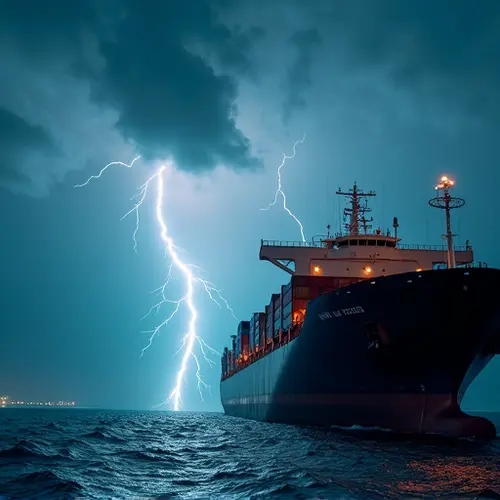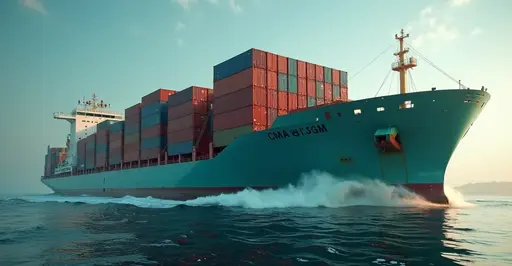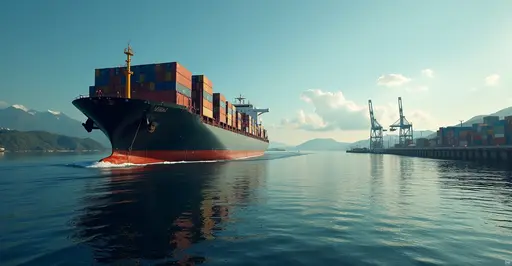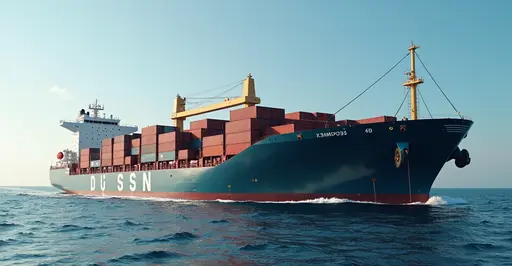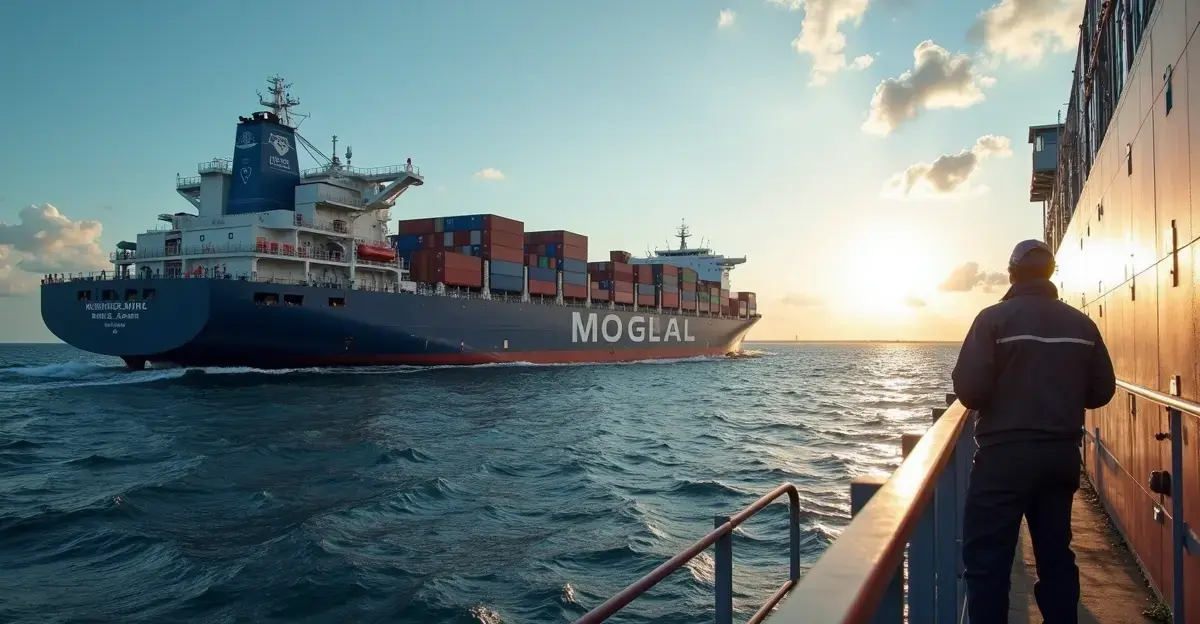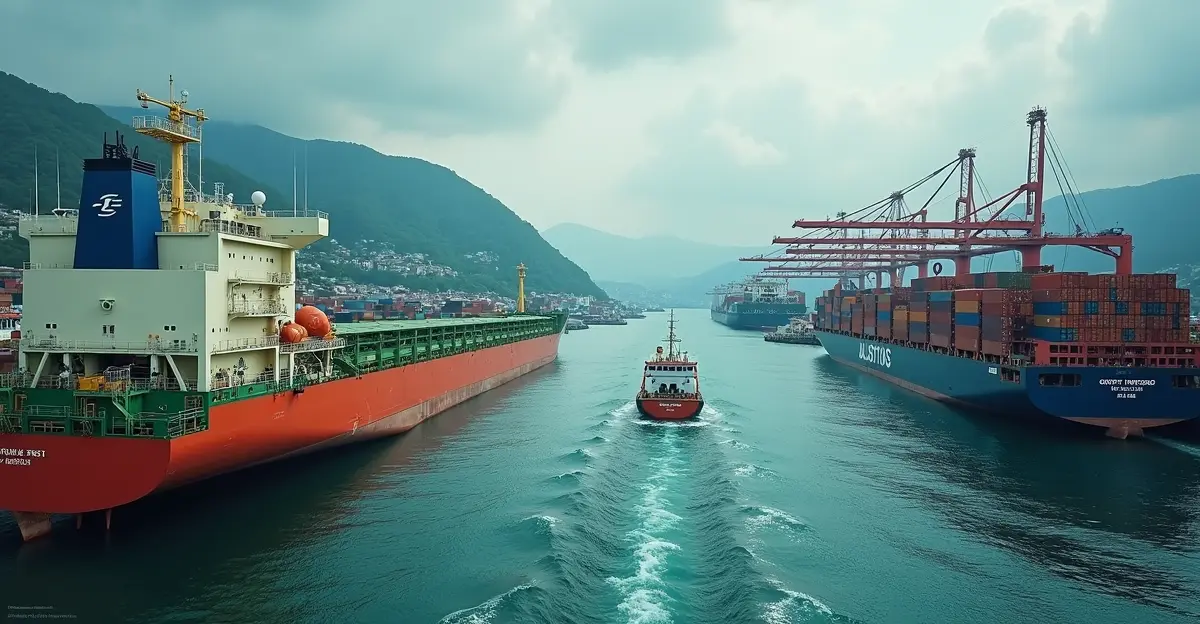Major ports worldwide are implementing mandatory zero-emission docking policies requiring ships to use shore power and cleaner fuels. This environmental initiative aims to reduce shipping emissions through infrastructure upgrades and international cooperation.

Global Ports Shift to Cleaner Maritime Operations
In a significant environmental push, major international ports are implementing mandatory zero-emission docking policies that require ships to use shore power and cleaner fuels while loading and unloading cargo. This transition represents one of the most substantial changes to port operations in decades, targeting the reduction of harmful emissions from vessels that traditionally run their auxiliary engines while docked.
Shore Power Infrastructure Expansion
Ports across Europe, North America, and Asia are rapidly expanding shore power infrastructure to meet new regulatory requirements. The European Union's Alternative Fuels Infrastructure Regulation (AFIR) mandates that 90% of container and passenger ship calls at TEN-T ports must use shore-side electricity by 2030. 'The shift to shore power is not just about compliance - it's about fundamentally transforming how ports interact with the environment,' says port environmental specialist Maria Rodriguez.
According to recent analysis, EU shore power electricity demand from 2030 onwards is estimated at 6-13 TWh annually. This represents a massive infrastructure investment, with ports needing to upgrade electrical grids and install sophisticated connection systems. The Reuters report indicates that while progress is being made, many European ports are advancing slowly toward the 2030 deadline.
Cleaner Fuel Requirements
Beyond shore power, ports are implementing stricter fuel standards for vessels that cannot immediately transition to electrical connections. Many terminals now require ships to use low-sulfur marine gas oil, biofuels, or other cleaner alternatives while operating in port waters. 'We're seeing a fundamental shift in how shipping companies approach port operations - cleaner fuels are becoming the new normal rather than the exception,' notes shipping industry analyst David Chen.
The environmental impact of shipping is substantial, with vessels responsible for more than 18% of nitrogen oxides pollution and 3% of greenhouse gas emissions globally, according to Wikipedia data. While ships remain the most energy-efficient method for moving cargo, the sheer scale of the industry means even small percentage reductions can have significant environmental benefits.
International Cooperation and Green Corridors
Major ports are forming strategic partnerships to accelerate the transition to zero-emission operations. The recent collaboration between the Ports of Singapore, Los Angeles, and Long Beach establishes a Green and Digital Shipping Corridor across the Pacific Ocean. As detailed in the partnership announcement, this initiative aims to drive global action toward digitalization and decarbonization while improving operational efficiencies.
'These green corridors represent the future of international shipping - where environmental responsibility and economic efficiency go hand in hand,' explains maritime policy expert Dr. Sarah Johnson. The strategy focuses on four key areas: coordinating decarbonization efforts, building consensus on green shipping best practices, improving access to technology, and leveraging networks to scale zero-emission technologies.
Economic and Environmental Benefits
The transition to zero-emission docking brings both environmental and economic advantages. Reduced air pollution improves local air quality in port communities, while the shift to electricity can provide more stable energy costs compared to volatile fossil fuel markets. The CleanTechnica analysis of a mid-sized European port handling 75 million tonnes annually shows that complete electrification of ground vehicles, port vessels, and short-sea shipping is both feasible and economically viable in the long term.
However, challenges remain. The initial infrastructure investment is substantial, and ports must coordinate with utility companies to ensure adequate electrical capacity. 'The biggest hurdle isn't technology - it's coordination between multiple stakeholders including port authorities, shipping companies, and energy providers,' observes infrastructure consultant Michael Thompson.
As these policies take effect globally, the maritime industry is undergoing its most significant environmental transformation since the shift from sail to steam power. The success of these initiatives will depend on continued international cooperation, technological innovation, and sustained investment in green port infrastructure.

 Nederlands
Nederlands
 English
English
 Deutsch
Deutsch
 Français
Français
 Español
Español
 Português
Português




